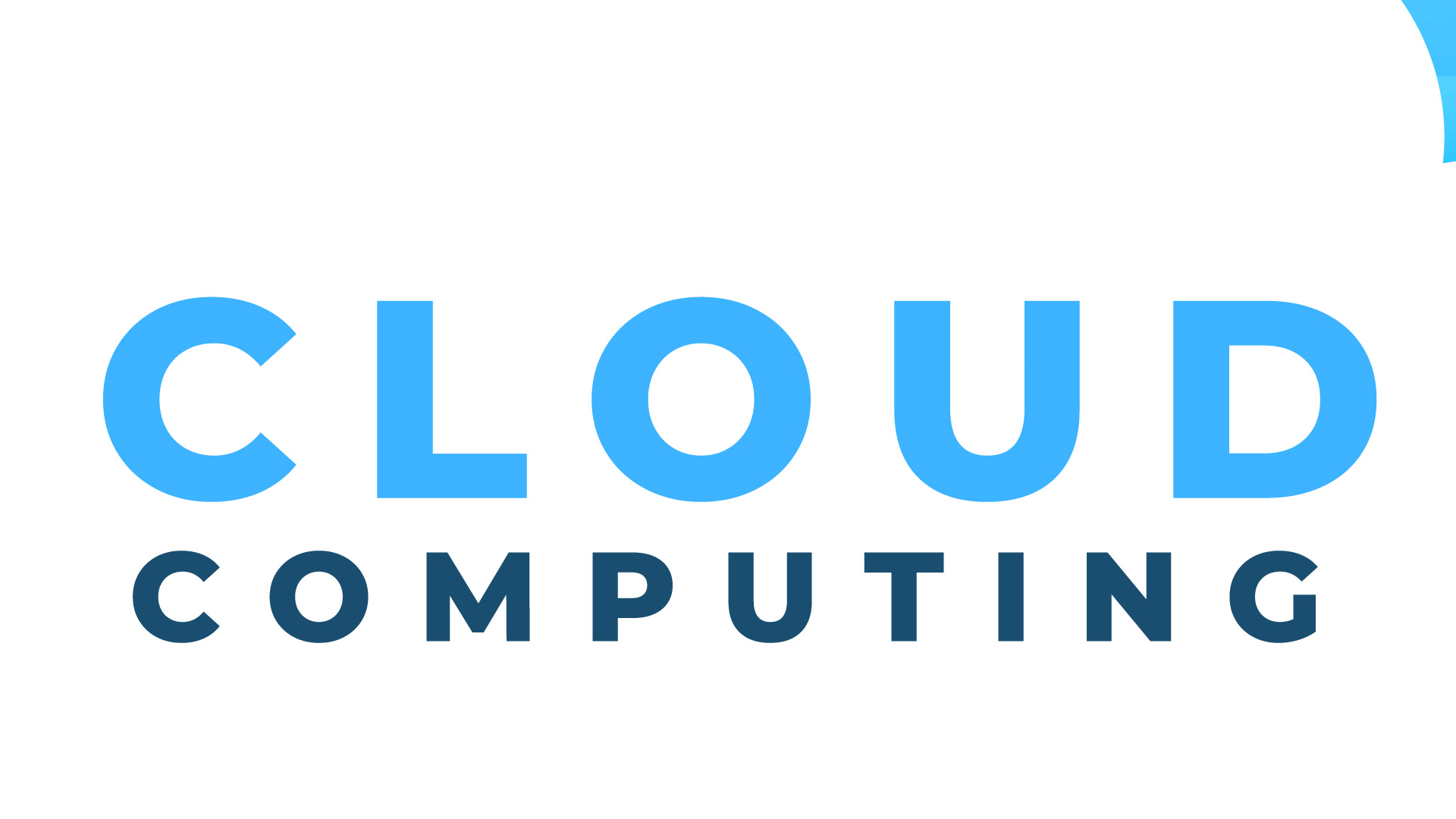
The cloud-native development model offers the opportunity to realize the benefits of application security that cybersecurity advocates have been championing for more than a decade, but the transition to cloud-native security requires new tools and applications and a different mindset for security operations that will take many cybersecurity professionals out of their comfort zone.
Here are some insights from developers, application security experts and cloud-native technologists on how cloud-native cybersecurity differs from traditional approaches.
Everything as Code Makes Application Security Critical
In cloud-native architectures, microservices and API-led interactions exist not only between application components but also between the underlying infrastructure, meaning everything becomes an application security issue, said Scott Piper, principal security researcher at Wiz, an Israeli cloud-native security provider.
Larger cyber attack surface
Kristen Bell, director of application security engineering at GuidePoint Security, said that with the increase in microservices and APIs, data flows have become more complex. There is more integration between applications and systems, all of which leads to a larger cyber attack surface and more complexity to consider from a security perspective. Combined with these changes, we are seeing more and more new privacy laws requiring the geolocation of data.

New architectures require new specialized security tools
While there are traditional application security scanning tools such as static application security testing, dynamic application security testing and software portfolio analysis that are still applicable to cloud-native environments, developers and cybersecurity teams now need a plethora of new features and niche security products, said Rebecca Deck, principal application security engineer at Avalara.
On-premise security tools can come at a significant cost
Deck also warns that while traditional tools can still play an important role in cloud-native security, development and security teams must understand how they are architected and what it takes to run them. If they are not on-premise tools designed for a cloud-first containerized model, it can be costly to run them in those environments.
Change is constant
The dynamic and ephemeral nature of cloud-native infrastructure and development models means that change is the only constant.
This constant state of change in the environment presents a huge challenge for security professionals tasked with maintaining a consistent security posture, said Juan Orlandini, chief technology officer for North America at Insight Enterprises. Because cloud-native environments are dynamically orchestrated, he said, "there are constant changes, including scaling up and down and upgrading software."

Threat Modeling Imperative
Orlandini of Insight Enterprises said threat modeling is becoming an increasingly important part of managing software risk given the expanding cyber attack surface and the dynamic conditions of cloud-native environments. Tools need to evolve to support threat modeling as a core component of cloud-native security," he explained. This means providing tools to identify potential vulnerabilities and attack surfaces and automate assessments to identify misconfigurations and other issues."
Developer-Centric Security Tools Become Critical
Keeping up with the speed and flexibility of development workflows means manual reviews and handoffs are no longer as effective, says Jeff Talon, director of software delivery at Liberty Mutual. Security needs to be streamlined in the development workflow, he says, and security teams must find a way to create developer-centric tools and processes to review code and maintain security status.
Security should strive for standardization
The emerging state of cloud-native environments breeds a "Wild West" atmosphere that can pose serious challenges to rule-oriented security personnel. Security teams can help developers modernize cloud computing by proposing standards and security-focused guidelines.

Security-as-code helps application security keep pace with cloud-native
Talon said automating requirements through policy-as-code in a developer-centric tool is the ultimate goal of cloud-native security. Security requirements are automated through the use of policy-as-code in the continuous integration/continuous deployment pipeline and cloud runtime, providing a consistent development experience and ensuring security and compliance requirements are met throughout the development process," he said. With this, developers can get security feedback earlier in the process and in an environment that enables them to self-correct and move on."
Continuous monitoring made easier
Orlandini said the best approach to cloud-native security will include continuous monitoring, which may differ from traditional application security approaches that focus more on periodic scanning than real-time monitoring.
The good news is that the "everything-is-code" approach to cloud-native infrastructure makes it easier to set up telemetry where it wasn't previously possible, as long as security professionals can adapt to the fact that legacy network monitoring mechanisms may no longer work for them.






